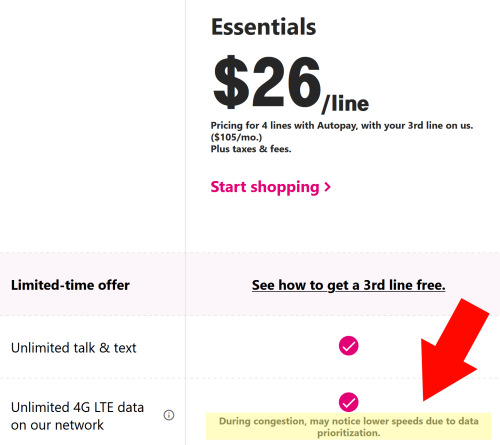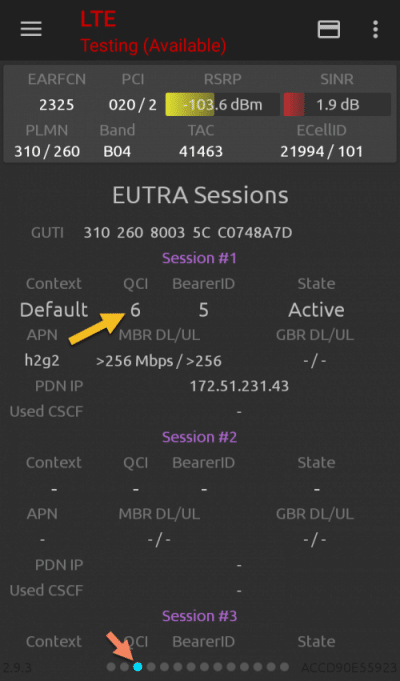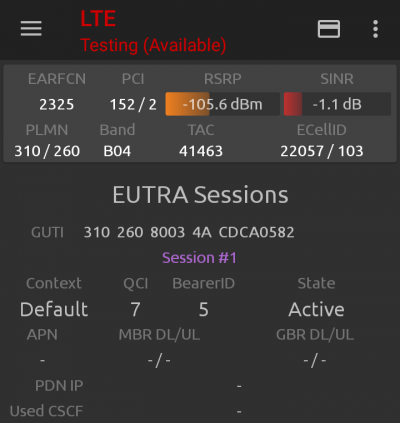T-Mobile recently launched a service for first responders called T-Priority. The service involves a combination of priority access, preemption capabilities, and a dedicated network slice.
During times of major network congestion, non-priority users are preempted from the network to make room for your team’s traffic. And, in rare cases, non-priority users are dropped from the network, although that’s less common today with the robustness of our 5G network. When needed, the T-Priority 5G network slice can also expand to provide extra data capacity, ensuring your team is first in line.Via T-Mobile
Network Slicing – Finally Real
Network slicing received significant attention during 5G’s launch, but T-Priority is one of the first major offerings actually implementing the technology. With network slicing, a portion of network resources is carved out for a specific use case or set of customers.
T-Mobile hasn’t shared much about T-Priority’s technical implementation. The network slicing component likely only functions on 5G standalone (5G SA) connections. T-Mobile suggests it will increase resources for the T-Priority slice during emergencies, but details on how resource-allocation decisions are made remain unclear.
Priority Still Matters
While on a dedicated network slice, priority levels may be nearly irrelevant. However, since T-Mobile’s 5G SA coverage isn’t universal, T-Priority subscribers will often connect via 4G and 5G non-standalone networks. On these networks, enhanced prioritization (via an improved QCI or 5QCI) could make a significant difference during congestion.
Early Days
Since T-Priority is a new service, T-Mobile is likely still working out aspects of how the service works—including decisions about the appropriate amount of network resources to dedicate. More details about T-Priority’s technical implementation should emerge over time.











